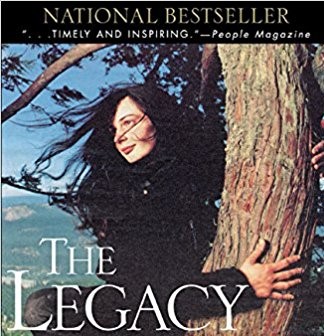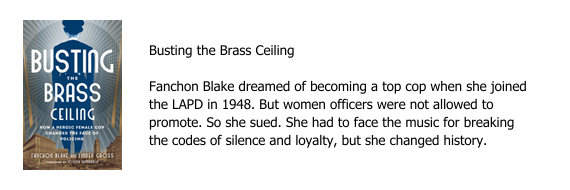Every scene in your book needs to have a purpose. In a novel, each scene needs to share a critical element of your character’s challenge and eventual transformation while driving the story forward. In creative nonfiction, a scene needs to make your point, unless you’re writing about a person in which case the comment related to novels applies.
With both fiction and creative nonfiction, details seal the deal. On the other hand, exposition (defined as “comprehensive description and explanation of an idea or theory”) is a buzz kill.
Unfortunately, that buzz kill happens all too often. As author Dinty W. Moore, who’s the director of Ohio University’s B.A., M.A., and Ph.D. creative writing programs, told Writer Magazine, “writers [frequently] either give us static scenes, as if they were describing a still photograph of their grandmother’s kitchen rather than the active, busy, confusing family interactions that really exist, or they limit themselves to just the seen and heard and forget the sensory details of texture, taste, and smell. In real life, there are usually six things happening at once.”
When figuring out how to move from exposition to rich, active writing, it helps to realize that just like chapters or books, scenes have to hook readers from the start.
When I ghostwrote national bestseller The Legacy of Luna, author Julia “Butterfly” Hill talked about the one time during her two-plus year tree-sit in a 200-foot redwood that she almost set foot on the ground. I could have started the scene with that set up, which is somewhat interesting, but does nothing to captivate one’s imagination. Instead, I launched the scene with Julia watching the storm skipping from one ridge to the next, getting closer and closer. As she realizes that she has to consider climbing down, the storm gets so close that hair on her head and arms begins to stand up.
Compare the potential expository scene opener with the one I opted for in the book and you quickly realize how much more powerful the active scene is. It incorporates action, dialogue, potential conflict and emotional turmoil, each of which would be a great hook for a scene on its own.
Again like a book or a chapter, a scene needs a high point in the middle. With this scene, as Julia begins to put on her harness in order to rappel down, the storm is upon her. It’s too late.
Scenes need to end on another high note. Tie too neat of a bow and you’ll lose your reader. In the above scene, realizing that she has waited too long, Julia puts her hands on a beaded medicine pouch she wore and hollers into the storm, “Great Spirit, protect us.” And wham! The lightning strikes the mud slide right next to the tree. She jumps and screams, thinking this might be the end, but the lightning suddenly retreats back over three ridges and disappears, and Julia starts laughing at the recurring power of prayer to create miracles.
Other ways to end a scene on a high include having the character experience an epiphany, escalating the conflict or throwing in a cliff-hanger.
I hope this post inspires you and your scene-writing. Keep an eye out for future posts on adding tension to your scenes (as well as your plot and your characters).




















0 Comments